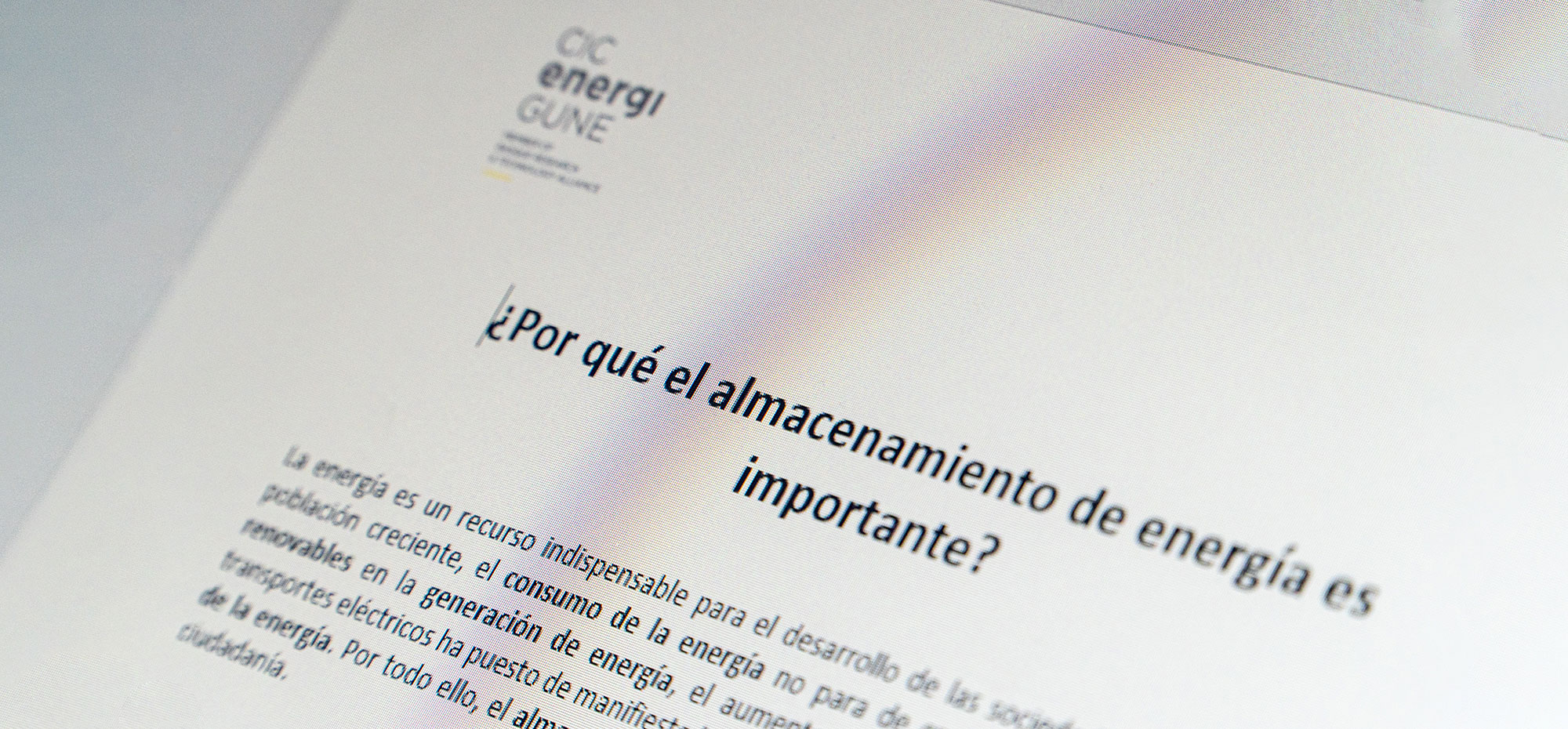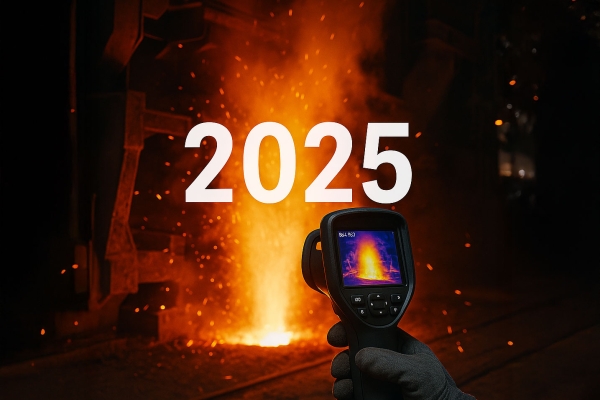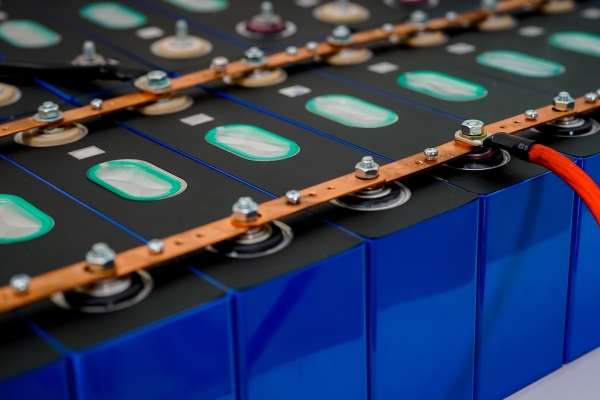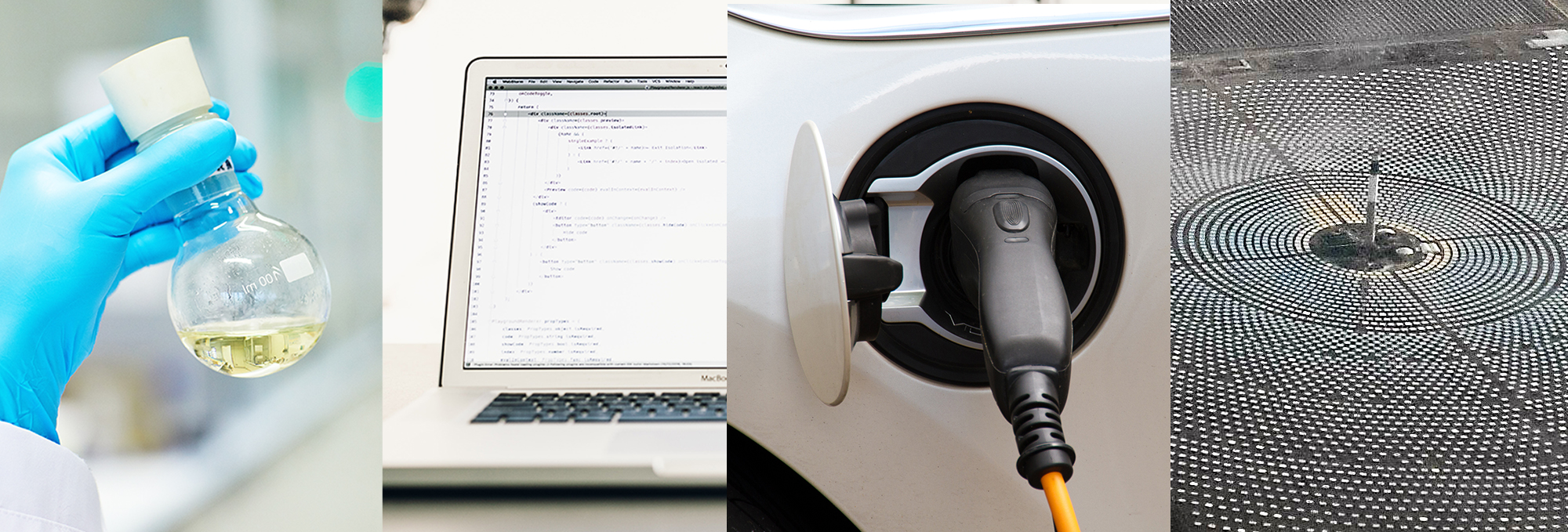1. Why is molecular design such a complex and time-consuming process in the 21st century?
Despite advances in computational chemistry and artificial intelligence, the design of new compounds is still, in many cases, an artisanal process based on trial and error. Much of this task still depends on the intuition of the researcher, the knowledge acquired over the years and experimental trials that require time, resources and a high degree of specialisation. Moreover, the chemical space to be explored is practically infinite, and without efficient methods to guide its exploration, finding a viable solution is comparable to finding a needle in a haystack.
2. What role are crystallographic data and artificial intelligence playing in computational screening?
Crystallographic data is an invaluable source of knowledge, providing experimentally validated structures that can serve as a starting point for the design of new chemical compounds. However, although these databases contain an enormous amount of information, they have inherent limitations: the chemical space they represent is conditioned by historical research trends and restricted to crystallisable structures.
To overcome these limitations, bottom-up approaches are being developed that allow new molecules to be computationally generated from predefined parameters and fragments, a strategy that has attracted considerable interest in recent years. By combining these methods with genetic algorithms and artificial intelligence, the aim is to significantly expand the scope of computational screening and take the design of new chemical compounds to an unprecedented level.
3. How has the design of new molecular compounds changed in recent years?
In recent years, molecular design has undergone a radical transformation from an approach based on empirical knowledge and experimentation to a model increasingly driven by algorithms, databases and automation. Today, a researcher no longer needs to explore the vast chemical space blindly; they now have access to computational descriptors and advanced tools capable of analysing millions of candidates efficiently, identifying promising combinations and generating viable structures with key information for experimental validation.
This technological revolution is accelerating molecular discovery, reducing uncertainty in the early stages of development and optimising the selection of high-potential candidates. Thanks to all these advances, the design of new compounds is now much faster, more accurate and guided by rational approaches, opening up new opportunities in areas such as catalysis and drug development.
4. How are computational screening and artificial intelligence revolutionising the exploration of chemical space and its impact on key sectors?
The ability to screen well-defined chemical spaces quickly and accurately is a paradigm shift in innovation. Being able to generate and evaluate thousands of candidates with specific properties in orders of magnitude less time not only accelerates the development of new products, but also allows their performance to be optimised from the earliest stages of design.
This breakthrough has a direct impact on key sectors. In medicine, it facilitates the identification of new active ingredients and the optimisation of synthesis routes, which can make the difference between the success and failure of a drug, as well as reducing costs and making processes more sustainable. In the chemical industry and in the energy field, this capability enables the design of more selective, efficient and affordable catalysts, driving the development of innovative technologies for chemical compound production and energy conversion.
In short, this is a profound change: it is not just about doing it faster, but about doing it more efficiently and precisely from the start.
5. What role does CIC energiGUNE play in the molecular design revolution?
At CIC energiGUNE we are working to ensure that applied research responds to the major technological and industrial challenges in the field of molecular design. We have the experience and the necessary tools to transform knowledge into concrete solutions, both through the development of new methodologies and their integration into platforms that optimise decision-making in the early stages of design.
In this context, it is essential to combine reliable data, advanced predictive models and a flexible approach that adapts to different needs. Our mission is to create an environment in which molecular exploration does not rely solely on accumulated experience, but is enhanced by computational tools that maximise the capacity for innovation. We are committed to a systematic, reproducible approach aligned with the real challenges of the sector, driving the development of innovative technologies with a real impact on industry and society.







